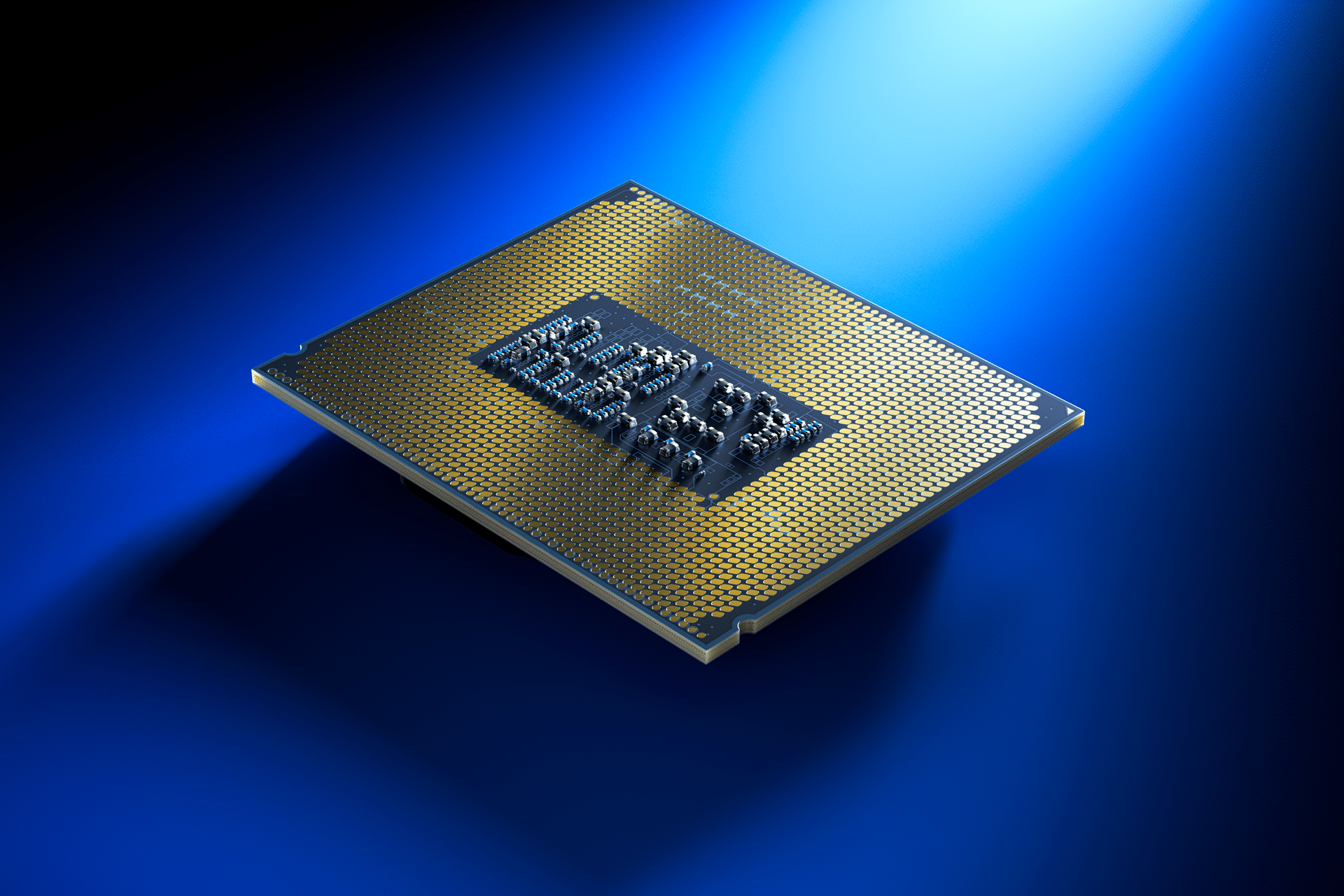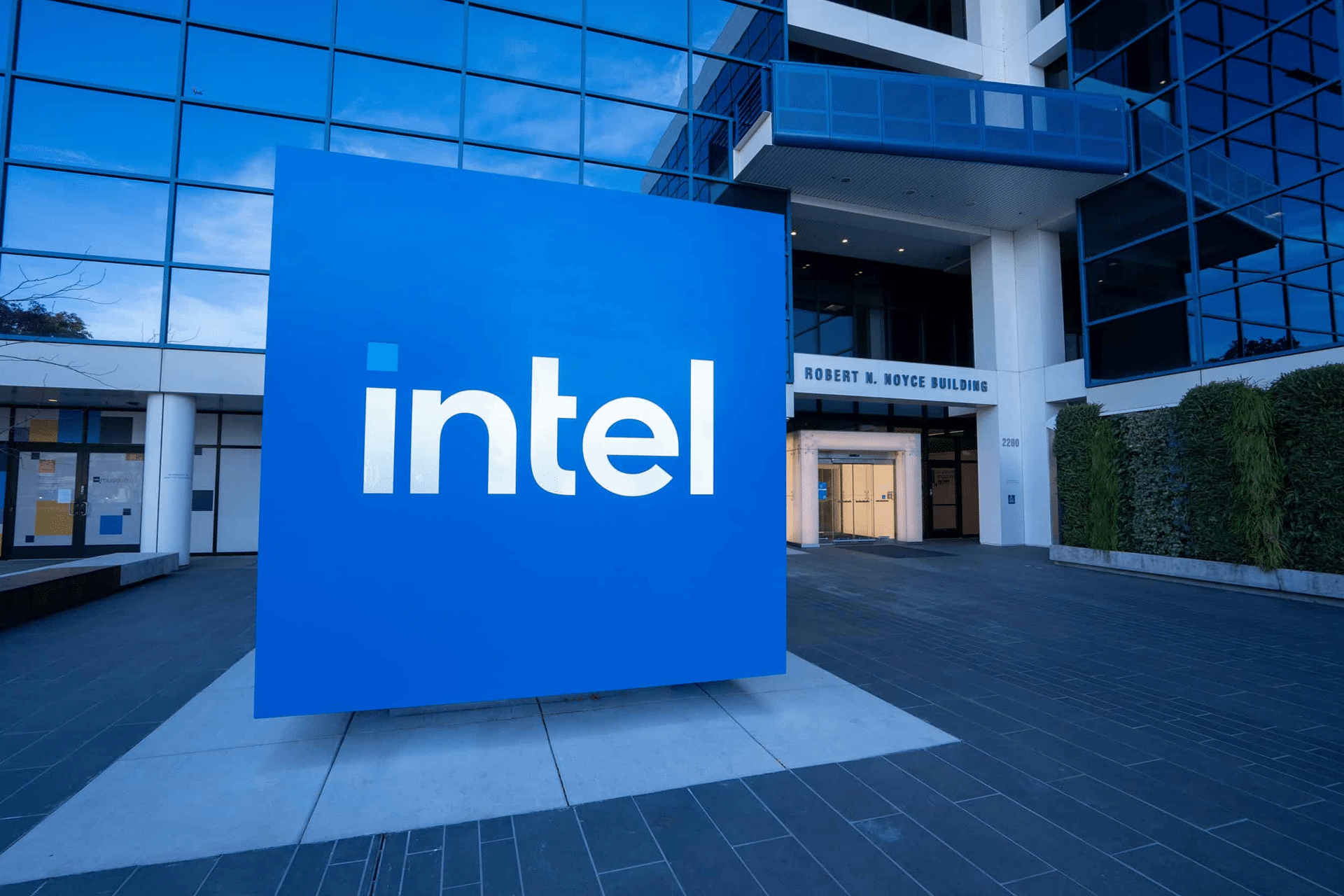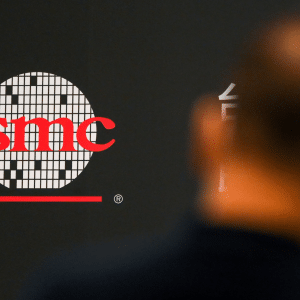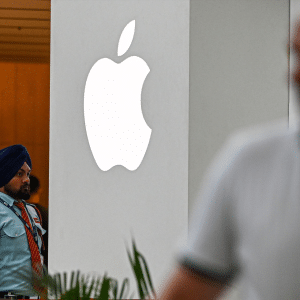Microchips are the backbone of modern technology, driving devices from cars to military systems. The U.S. currently produces just 12% of the world’s supply, a sharp decline from its historical dominance, as companies like TSMC and Samsung in Asia have taken the lead, often with hefty government subsidies. Intel’s CEO, Pat Gelsinger, has argued that matching such support is critical for the U.S. to compete, leading to a $28 billion initiative to expand domestic manufacturing, with Ohio as a flagship site. The CHIPS Act, backed by both the Biden and Trump administrations, has funneled significant funding to make this vision a reality, aiming to reduce reliance on foreign supply chains exposed as vulnerable during the COVID-19 pandemic.
The New Albany site is a marvel of scale, requiring infrastructure akin to modern pyramid construction. Specialized equipment, like air separation units for cleanrooms, must be transported across states—a logistical feat involving trucks, permits, and even temporary adjustments to power lines and traffic lights. These “superloads” are so disruptive that deliveries are timed before the school year to minimize impact on local communities. Bloomberg reported that Intel’s Ohio facility could become the world’s largest source of AI chips, a bold goal as the company races to reclaim its edge in a market increasingly dominated by competitors like Nvidia.

Intel’s Missed Opportunities
Intel’s history is marked by strategic missteps that have weakened its position. In 2006, then-CEO Paul Otellini declined a deal with Steve Jobs to produce chips for a new Apple device, expecting lackluster sales. That device was the iPhone, and its success led the mobile industry to adopt ARM-based chips, sidelining Intel’s architecture. Later, Intel passed on opportunities to acquire significant stakes in Nvidia and OpenAI, both now leaders in the AI boom. According to Reuters, Nvidia’s dominance in AI chip design, coupled with its “fabless” model—designing chips but outsourcing production to foundries like TSMC—has left Intel struggling to keep pace.
Intel’s reliance on its own factories, or fabs, has been both a strength and a burden. Unlike Nvidia, which outsources manufacturing, Intel invests heavily in its own production facilities. However, recent generations of its chips have faced delays and performance issues, prompting the company to rely on TSMC for some manufacturing—a humbling shift. The Ohio project, while ambitious, faces scrutiny as Intel grapples with these internal challenges, raising questions about its ability to deliver on such a massive undertaking.
The Human Side of Reshoring
In Ohio, the project carries deep local significance. Mary Springowski, a former Ford team leader and city council member in Lorain, has championed bringing chip manufacturing to her state since a workplace injury in 2016 sparked her interest in economic revitalization. Lorain, once a hub for steel and auto plants, has seen factories close, including a Ford facility that produced nearly 16 million vehicles over five decades. Springowski hoped Intel would choose Lorain, with its Lake Erie port, but the company opted for New Albany’s open farmland, 140 miles from the nearest port.
The decision disappointed locals like Springowski, but the economic promise of the New Albany fab is undeniable. Intel’s investment is expected to create thousands of jobs, from construction to high-tech roles, boosting central Ohio’s economy. Yet, the complexity of building a fab—requiring cleanrooms free of even microscopic dust—underscores the project’s challenges. Equipment must be moved with precision, as even slight disruptions can ruin delicate silicon wafers. The Verge noted that Intel’s Ohio site represents a monumental effort to rebuild U.S. manufacturing muscle, but its success hinges on overcoming logistical and corporate hurdles.
A Risky Bet on the Future
Intel’s Ohio venture is not just about chips; it’s about national security and technological sovereignty. Chips power critical systems, from AI-driven analytics to military hardware, and reliance on foreign production has raised concerns among policymakers. The CHIPS Act aims to address this, but Intel’s struggles add uncertainty. Posts on Reddit’s r/Ohio community have speculated that if Intel falters, another chipmaker like TSMC could acquire the facility, given its advanced design. There’s also concern that policy shifts, such as potential reversals of the CHIPS Act under a future administration, could jeopardize funding.
The stakes are high. Intel’s Ohio fab could reshape the global chip landscape, making the U.S. a leader in AI and advanced computing. But the company’s recent missteps and competitive pressures mean success is not guaranteed. As TechCrunch reported, Intel’s focus on owning its fabs gives it unique control but also immense financial strain, especially as rivals like Nvidia thrive by outsourcing production.
What It Means for Tech Users
For consumers, Intel’s Ohio project could mean more reliable access to chips, potentially stabilizing prices for devices like laptops and smartphones. Increased domestic production might also accelerate innovation in AI, as faster, more efficient chips become available. However, Intel’s challenges could delay these benefits, leaving users dependent on foreign suppliers for now. The push for reshoring reflects a broader effort to secure the tech supply chain, but its success depends on Intel navigating its internal struggles and delivering on its Ohio promise.
The Road Ahead
The New Albany fab is a bold step toward reclaiming U.S. leadership in chipmaking, but it’s a high-stakes gamble. Intel must overcome logistical complexities, corporate setbacks, and fierce competition to make it work. For Ohioans, the project offers hope of economic revival, while for the nation, it’s a chance to secure a critical industry. As equipment rumbles across the state and construction ramps up, the world watches to see if Intel can turn ambition into reality.
Meta Description: Intel’s massive Ohio chip factory aims to revive U.S. semiconductor production, but corporate struggles raise questions. Explore the stakes for tech and the nation.









